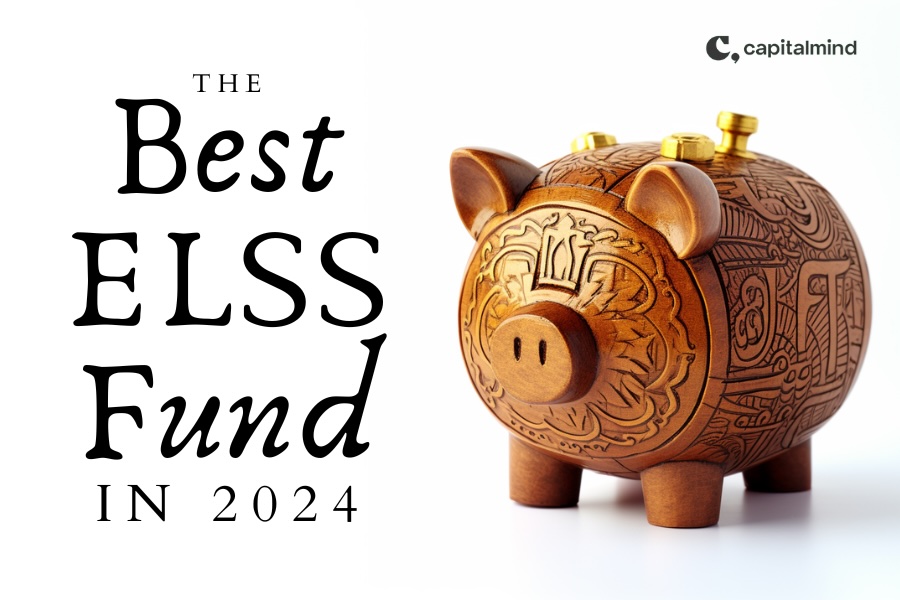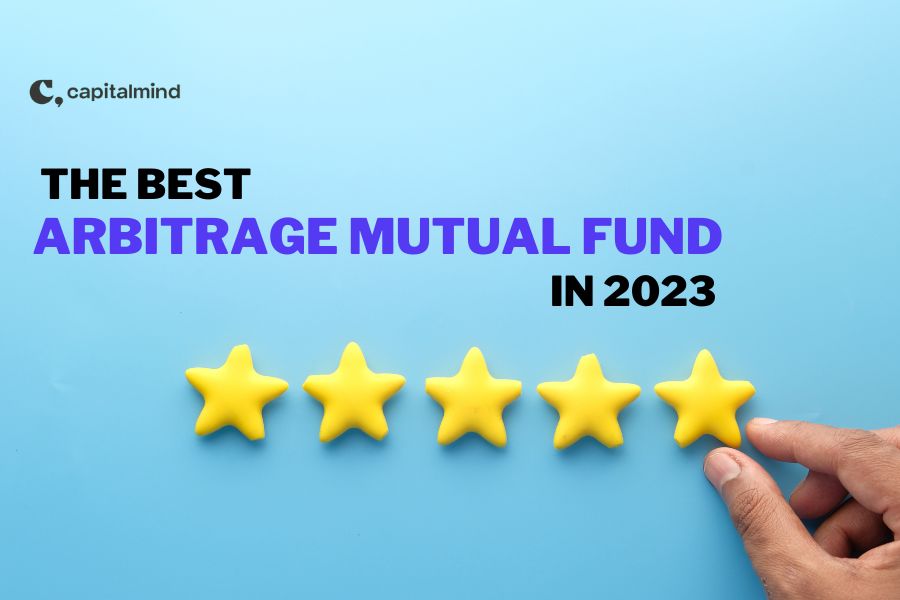What happens when you buy a mutual fund? Let’s go behind the scenes to see how your money gets invested when you buy a mutual fund. And what the “Sahi hai” is all about, in the mutual fund industry.
A Mutual Fund is a vehicle to invest in one or more asset classes like equities, debt, gold, with a clearly defined investment objective. When you invest in an equity mutual fund, your money is pooled along with that of other investors to buy shares of the companies the fund holds. You get units representing ownership of the underlying securities defined by the Fund Manager in case of active funds or the index in case of passive funds.
The price (or Net Asset Value) of a unit of a Mutual Fund represents the composite performance of the underlying portfolio of securities held by the mutual fund. The NAV multiplied by the number of units represents the total value of your investment which is basically the aggregate of the number of shares of individual companies multiplied by their share prices.
Be it directly through a mutual fund (AMC) website, your brokerage account, or a dedicated mutual fund marketplace, quite a bit happens when we click ‘Invest’. In this post, we try to get to the nuts and bolts of the mutual fund ecosystem and their roles in the Mutual Fund investment process.
The five horsemen of the mutual fund industry
Five entities play a crucial role from the point you click on that buy button to the point when you get “units” in your name. So we’ll look at each of those entities and what they do. With the launch of Direct plans of mutual funds, the dynamics of each of these entities have changed a bit. We’ll learn about that too.
1) Asset Management Company (AMC)
We start with the AMC (Asset Management Company). This company actually manages your money and has a SEBI license to create a Mutual Fund scheme. So in a way, they are the manufacturers – they manage the money as a pool housed in a trust, and the trust is effectively the mutual fund scheme. Each scheme issues units to investors who pay money to buy in and the total money in the pool is the “Assets Under Management” (AUM). The AMC decides what to buy, when to buy, how much to buy, etc. – limited by the rules that SEBI has and the scheme’s objectives – and gets paid a management fee for its services from the very pool it manages.
The biggest AMCs in India in AUM are SBI Funds Management Private Limited, HDFC Asset Management Company & ICICI Prudential Asset Management Company.
2) Registrar and Transfer Agents (RTA)
Then we have an entity called RTAs (Registrar and Transfer Agents). An RTA is an institution that works with the AMCs to keep records of investors, provide transaction and holding statements, processes changes of details such as nominees, all of that. So they free up a lot of operational effort for the AMCs.
Today, we have two RTAs. One is CAMS (Computer Age Management Services), and the other is K-Fintech. CAMS has upwards of 70% market share in this business.
While we are talking about RTA’s, based on a recent SEBI mandate, the two RTA’s have started a common transaction platform called MF Central.
Transacting in mutual funds, for instance, updating addresses and bank accounts can be cumbersome. KFinTech handles certain AMCs, and CAMS handles the others. You will have to write to both separately or write directly to the AMC of each fund. MF Central (MFC) makes such transactions seamless.
3) Mutual fund distributors (MFD)
After the AMCs and the RTAs, the next entity is MFDs (Mutual fund distributors). They are intermediaries who facilitate buying and selling mutual fund units, and they may have sub-agents. Chances are, many of you are invested through such agents/brokers. In return, they earn commissions from the AMCs. They sell only regular plans, which are plans that have these commissions built into them.
NJ Wealth is the largest MFD in India in terms of the gross commissions that they receive. In addition, they are perhaps the only non-bank-backed MFDs in the top 5, next only to SBI and Axis Bank.
4) Registered Investment Advisors (RIA)
Along with MFD’s we also have RIAs (Registered Investment Advisors); RIAs are advisors and can charge fees for the advisory services offered to the clients. However, they cannot be distributors of mutual funds and claim commissions from AMCs. They are bound to recommend only direct mutual funds.
Apart from the many independent RIA’s, all the mutual fund apps, like Kuvera, Groww, PayTM Money, and Coin, are also registered as RIAs and choose not to charge fees for various reasons.
5) Transaction/Execution Platforms
So far, we’ve covered what AMCs, RTAs, MFDs, and RIAs do. The following entity is a technology platform, an order collection system. Just that in this case, it’s the leading exchanges BSE and NSE, which happen to own the platform.
Let me explain. Not long ago, MFDs/Agents would transact only using physical forms, and they would need to send investor/client forms to the RTA offices.
All of this changed once BSE (Bombay Stock Exchange) and NSE (National Stock Exchange) launched their Mutual fund trading platforms. BSE called it BSE Star MF, and NSE called it MFSS (Mutual fund service system).
Beyond BSE Star and NSE MFSS, there is also a third entity called MFU (Mutual Fund Utilities), a subsidiary of AMFI.
But today, BSE Star is the market leader in this space with upwards of 80% market share.
No intention to make it any more complex. There’s also a Clearing firm associated with each of these technology platforms, for example, in the case of BSE Start its ICCL (Indian Clearing Corporation Limited). The clearing firm is the legal entity that accepts the payments and manages the buying and redemptions of mutual funds. So you may notice if you are buying Mutual funds through an app that uses BSE Star MF, your money goes to ICCL first.
Lastly, among all these three tech platforms, which serve as a backbone infrastructure, MFU is the only one that allows for buying and selling mutual funds directly by investors.
The following chart explains the various entities and their place in the mutual fund buying/selling process.
Step 1. As an investor intending to buy a mutual fund, you have primarily two choices. You either go through an RIA, or you go through an MFD to buy your mutual funds. RIA’s can only sell direct mutual funds, and MFDs sell regular mutual funds.
Step 2. Both RIAs and MFDs need a transaction & execution platform to manage the buy/sell process electronically, and a transaction platform would, in turn, need a clearing firm. BSE Start MF is the most commonly used tech platform, and MFU is another such tech platform that also allows investors to buy direct mutual funds.
In case the RIA uses a depository to hold your mutual fund units, for instance, Zerodha Coin is one such RIA, the transaction and execution platforms have linkages with CDSL and NSDL the two depositories in India.
Step 3. All the details about you, your address, PAN number, the units you hold, etc., is managed by the RTAs. They work on behalf of AMCs. One way to look at it is, AMCs outsource their investor-specific operations to RTAs. AMC’s focus is on fund-specific operations. You can also directly invest in mutual funds through RTAs in a way bypassing RIAs. MFC, which we discussed earlier, is the user side of RTAs.
Step 4. Even when you have to redeem your mutual fund investments, the same process applies. You start with RIA, MFU or directly RTAs/MFC. In the case of Regular funds, you can go to MFDs. In the case of DEMAT-based funds, you can reach out to your RIA or directly reach out to the Depository Participant.
Now that we have a sense of the entities that manage the whole Mutual fund ecosystem, I’ll leave you with an important distinction in terms of two categories of mutual funds.
We’ll also see how these two categories relate to the various entities in the mutual fund ecosystem.
Regular vs Direct Mutual Funds
Have you heard that quote, “there are two types of people in the world, one who knows that two types of mutual funds exist and one who doesn’t”?
You see, sometimes we prefer to go to the farmers market, mandi as they call it in Hindi, to buy stuff. One reason is it’s cheaper, and that’s because we avoid intermediaries. So you could buy the same stuff from the subziwala right around the corner. But stuff could cost a bit more than buying it straight from mandi because someone has to cover the costs of bringing stuff from mandi all the way closer home.
Now imagine if it’s mandated that you have to buy your greens from the local sabziwala (greengrocer), and you cannot go directly from mandi/farmer, nor can the farmer sell directly to you.
In India, till around 2009, mutual fund business was a bit like that.
All mutual fund NAVs included distribution costs and sales commissions for the intermediaries. Investors had no choice but to go with what was available.
There used to be something called an ‘Entry load’. It was an upfront 2 to 2.5% cost to cover distribution costs and sales commissions. So every time you bought mutual funds, you had to pay this 2%, setting you back by 2% right at the start.
Things changed in August 2009, when SEBI abolished entry loads and asked mutual fund distributors to directly charge commissions to the clients.
This approach was bound to fail as it was distributors who primarily sold products.
It wasn’t a demand-driven market, And now they had no incentive to sell, and sales of mutual funds dropped.
As a result, between 2009 and 2012, there was uncertainty in terms of how the distribution business would evolve.
Then came a new rule by SEBI. Starting January 2013, all mutual funds had to classify their schemes as ‘Direct Plans’ and ‘Regular Plans.’
Direct plans have a lower TER (total expense ratio) as they don’t include sales and distribution costs, whereas Regular plans do. This difference in the expense ratio has a considerable effect on the returns in the long run.
You can use this calculator to see how much impact higher TER causes on your returns, and there is practically no reason for you to buy Regular mutual funds.
If you are thinking about investing in mutual funds, it has to be Direct.
In Summary
Over the years, SEBI, our securities market regulator, has made investing in mutual funds easy and cost-effective.
As investors in mutual funds, it does help to be more aware of what happens behind the scenes so that we get the best of what’s available. It also helps us understand where the issue could be when things get stuck, or transactions fail and the right intermediary to raise any concerns to.
The next time you think about investing in mutual funds or press that ‘Buy’ button on your MF app, you know what happens in the background, to get those units in your account. A little bit of awareness makes Mutual funds even more ‘Sahi’.
All trademarks, logos, and brand names are the property of their respective owners. All company, product, and service names used in this blog post/website are for identification purposes only. Use of these names trademarks, and brands does not imply endorsement.
This blog post is for information only and should not be considered a recommendation to buy or sell any stocks. The stocks mentioned may be part of Capitalmind Premium Model Portfolios.







